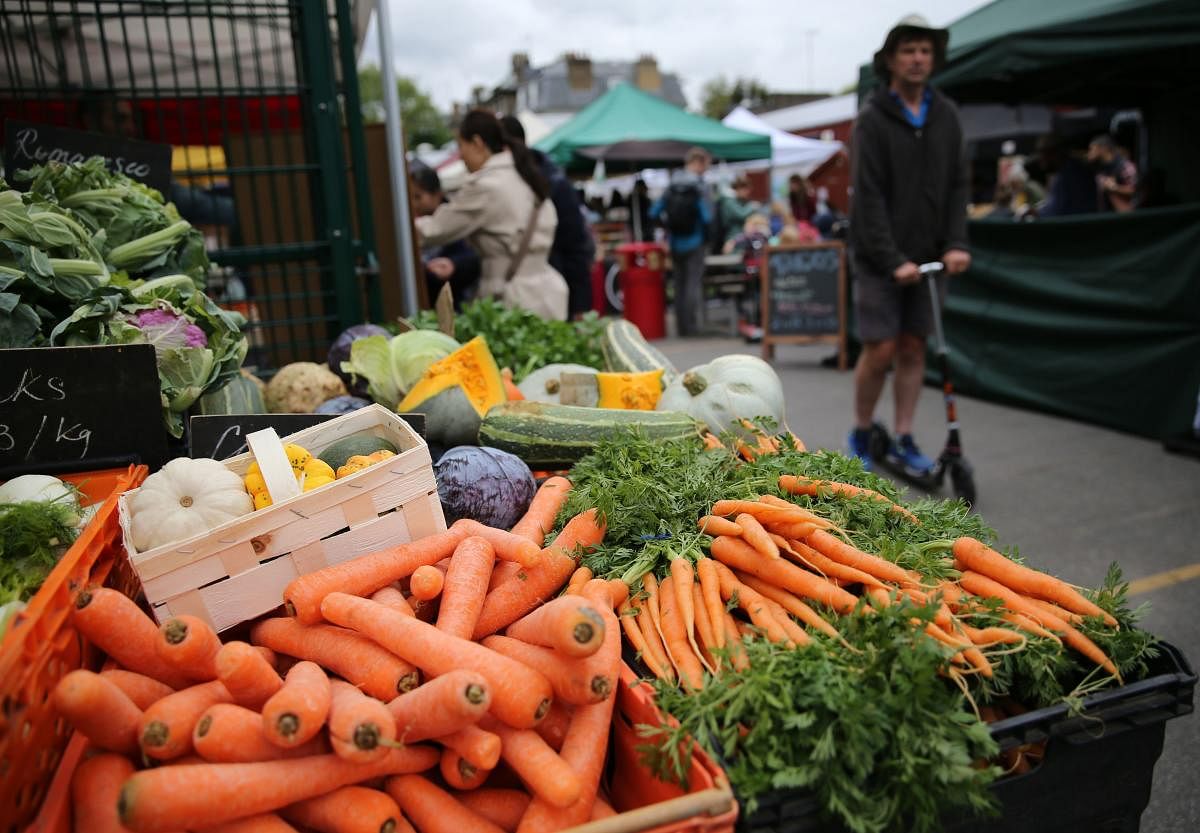
Driven by higher food prices, India’s retail inflation in September inched close to 4%, the upper limit of the Reserve Bank of India’s (RBI) target. Beyond this limit, it would be difficult for the central bank to cut interest rates, a stimulus that it has been providing since the beginning of the year to boost a slowing economy.
The consumer price inflation rose to 3.99% last month after the rate of price rise in food items went up to 5.11% from nearly 3% in August. Close to half of the retail price inflation basket consists of food prices.
Inflation in vegetable prices was more than 15% in September, a period when onion and tomato prices shot up due to supply disruptions.
Experts said if vegetable prices remained high in the coming weeks, the year 2019-20 could end up with inflation as high as 4%.
Inflation in pulses, meat and fish too increased, posing problems to policy makers making efforts to enhance consumer demand in a slowing economy.
The RBI, which has handed over five policy rate cuts of 135 basis points since February to give a leg-up to economic growth on the back of subdued inflation, may find it difficult to keep up with its rate-cut cycle.
The wholesale price inflation, however, eased to 0.33% in September as against 1.08% in August. One reason for lower inflation print in WPI could be that it has a lower weight for food products while CPI has a higher weight of food category at 46%.
Besides, WPI inflation reflects changes in producer prices, while CPI measures variations in prices of a basket of consumer goods and services.
The RBI tracks Consumer Price Index inflation as the main metric to decide its monetary policy.
Other than that, it also tracks industrial production numbers that has contracted in August.
